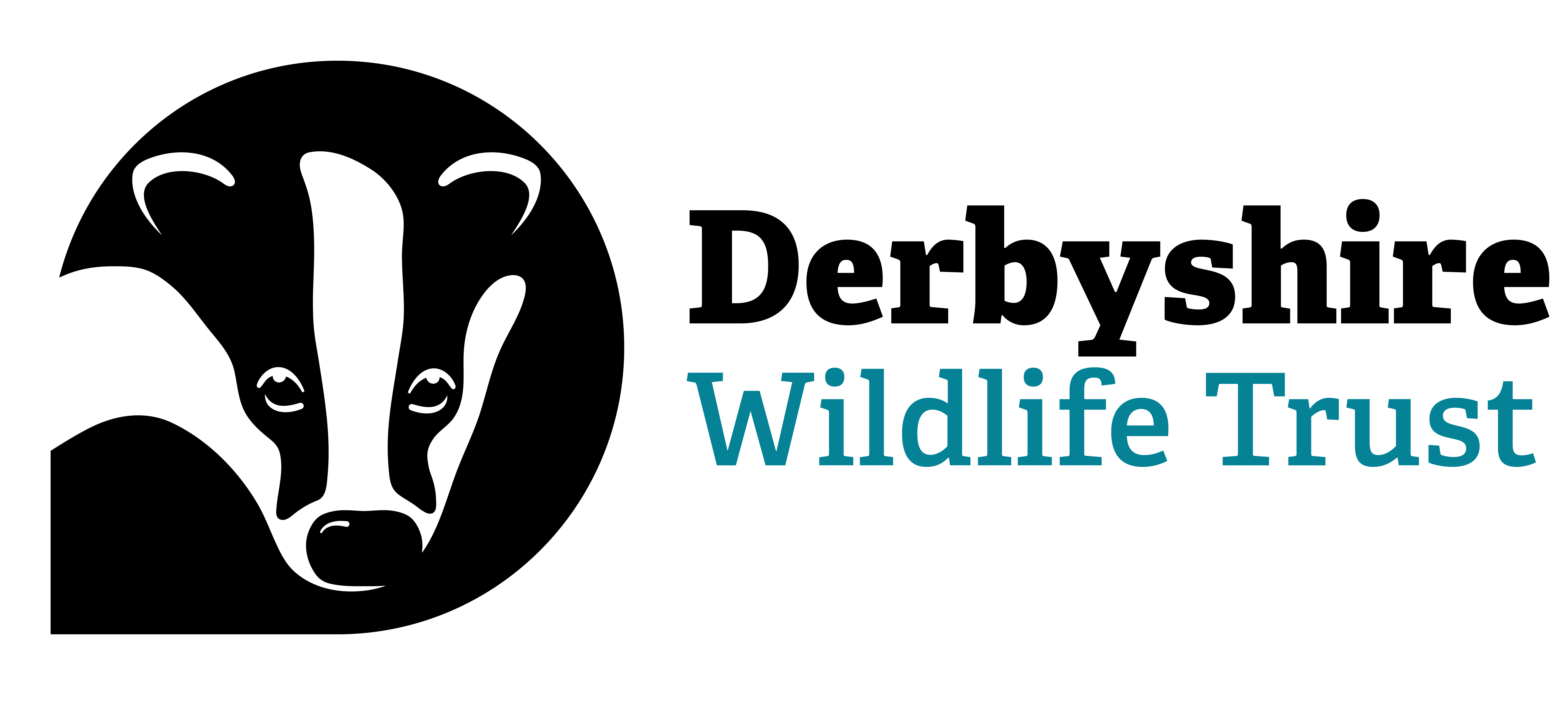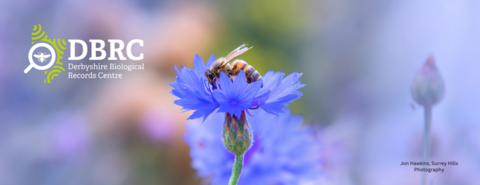

The DBRC collates and combines data on protected species, species of conservation importance, designated sites and UK BAP priority habitat types. Working closely with County Recorders, local natural history groups and individuals to collect new records on an annual basis.
DBRC datasets are continually updated throughout the year, currently the Records Centre holds over 2.53 million records and receives around 25,000 records per annum!
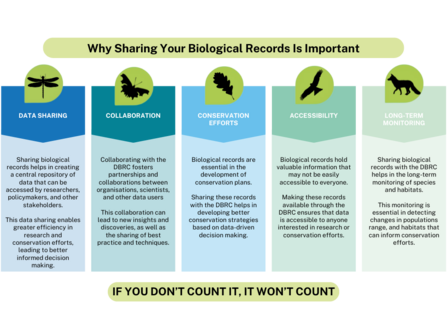

You can submitting sightings through the Online Recording System (ORS). Follow the link below to get started. The ORS is ideal for anyone who records wildlife, but would prefer not to store the records on their own computer. Register once and get loads of great features.
If you're unable to submit a sighting using ORS, then it is still possible to submit using our online form:
Or you can always email us at speciesrecords@derbyshirewt.co.uk

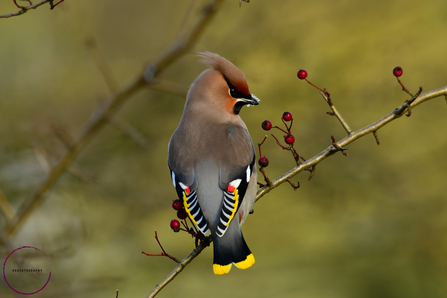
Ross Cooper
Currently all over the media, the influx of wintering Bohemian waxwings have caught peoples eye. These stunning birds breed in Scandinavia and Russia and come to the UK during the winter. This species doesn't always arrive though, this depending on the weather and availability of food, they may stay in mainland Europe. However when they do arrive these 'Waxing Winters' turn weary January days into brilliance and colour, with large groups called 'irruptions'. The last large irruption of this species to the UK was back in 2016-2017.
The Bohemian waxwing is called so due to its unique appearance and behavior. The word "Bohemian" refers to unconventional or free-spirited lifestyles, which reflects their nomadic nature and wandering behavior. The term "waxwing" comes from the waxy red tips on their secondary wing feathers, giving the appearance of melted wax. This distinguishing feature further contributes to their unique name.

To help target your recording please see our Gap in the Map
Gap in the Map shows a map of Derbyshire, with a scale of shaded blue 1km OS grid squares, the darker the colour the more species records we hold for that grid square, the lighter the colour the fewer species records. The white grid squares means very few/no species records. Note: we could have records in squares that are white but they maybe at a resolution of less than 4 figures i.e. 10km resolution.
The aim of the map is to encourage you to target your species recording in squares where we have fewer records, although you can record in any square. The more we record the better. If you don’t count it, it won’t count.
Please remember to record safely and legally, and check if you have right of access/landowner permissions.

In order for us to continue to supply you with the best quality data and service that we can, we're in a partnership with North Wales Environmental Information Service (Cofnod). We use a cloud-based platform to enhance your experience of how you access, view, and use our data. The platform is called My LERC.
We are part of My LERC Online which will allow you to request your data from a specific website which is also supporting 6 other LERCs, so we're part of a merry band.
You can now find us here:
Just follow the simple onscreen instructions on the website and you’ll receive your data faster than ever before and be able interact with it through the online platform.
We’re still here though, behind the screen so if you’ve any queries or need help, please drop us a line at dataenquiries@derbyshirewt.co.uk
Thank you for your continued support, Derbyshire’s wildlife appreciates it.
To download the Local Wildlife Sites Handbook click the link below:

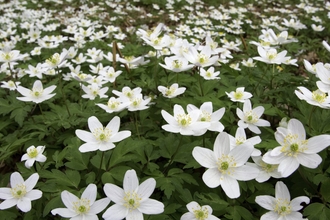
Wild Update - March 2024
What's Happening in Nature - March 2014
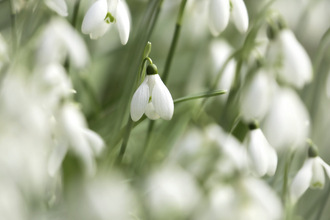
Wild Update - February 2024
What's Happening in Nature - February 2024
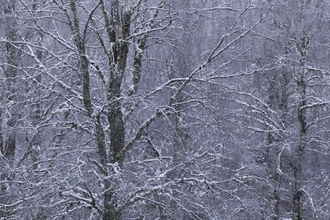
Wild Update - January 2024
What's Happening in Nature - January 2024
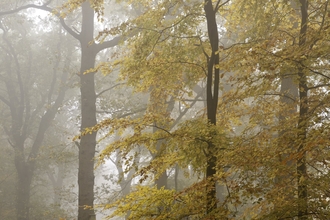
Wild Update - Late November 2023
What's happening in nature - late November
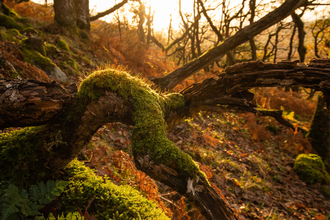
Wild Update - Late October 2023
What's happening in nature - late October
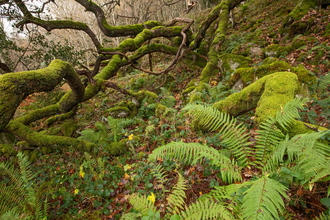
Wild Update - Late September 2023
What's happening in nature - late September
Like what we do? Get more involved...
The Wildlife Trusts believe that people are part of nature; everything we value ultimately comes from it and everything we do impacts upon it.
